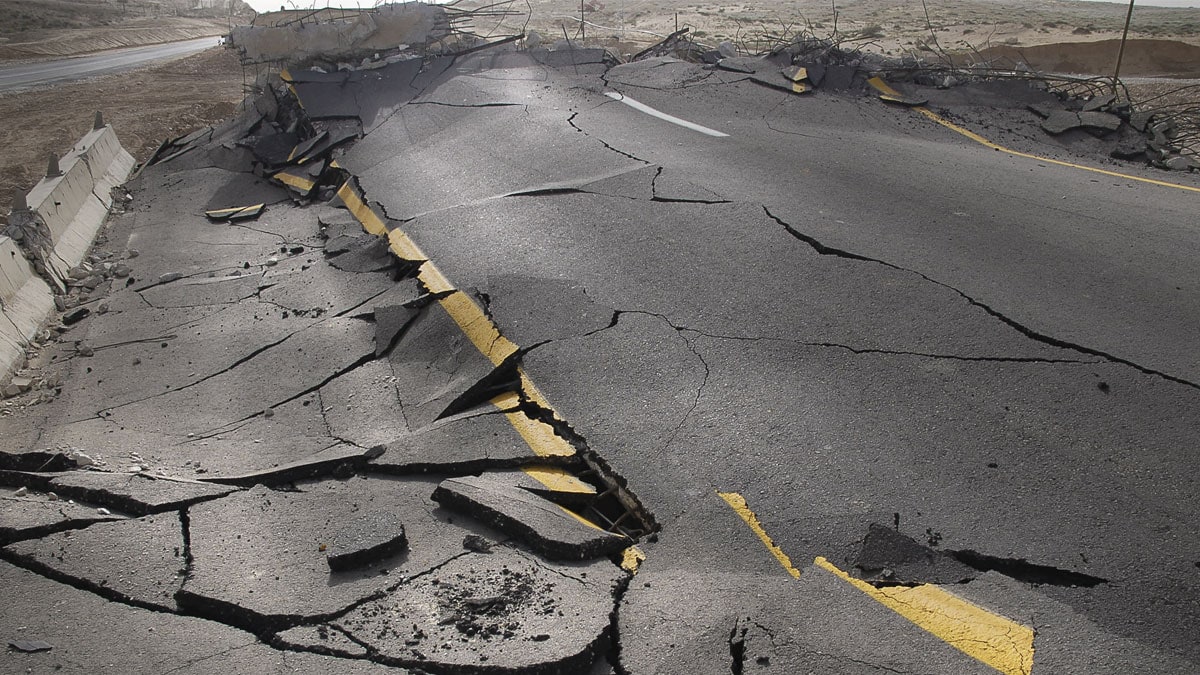Key points
- Preparation, planning, and practice are key to surviving an earthquake.
- Learn what actions you can take to prepare for an earthquake and what you can do to help keep yourself and your loved ones safe during and after an earthquake.
Prepare for earthquakes

There are many places in the United States, called “fault zones,” that are at risk for serious earthquakes. These include states along the west coast, in the south, and in the central United States. While very strong or intense earthquakes are rare, less powerful earthquakes can also be dangerous. The key to surviving an earthquake and reducing your risk of injury lies in planning, preparing, and practicing what you and your loved ones will do if it happens.
Stay safe during an earthquake

Know what to do to keep yourself and your loved ones safe during an earthquake. In most situations, you can protect yourself if you immediately DROP, COVER, and HOLD ON.
Stay safe after an earthquake

Damaged buildings, damaged power lines, and leaking gas and water lines are just a few of the hazards you might face after an earthquake. Protect yourself and your loved ones by learning what to do to stay safe after an earthquake.
